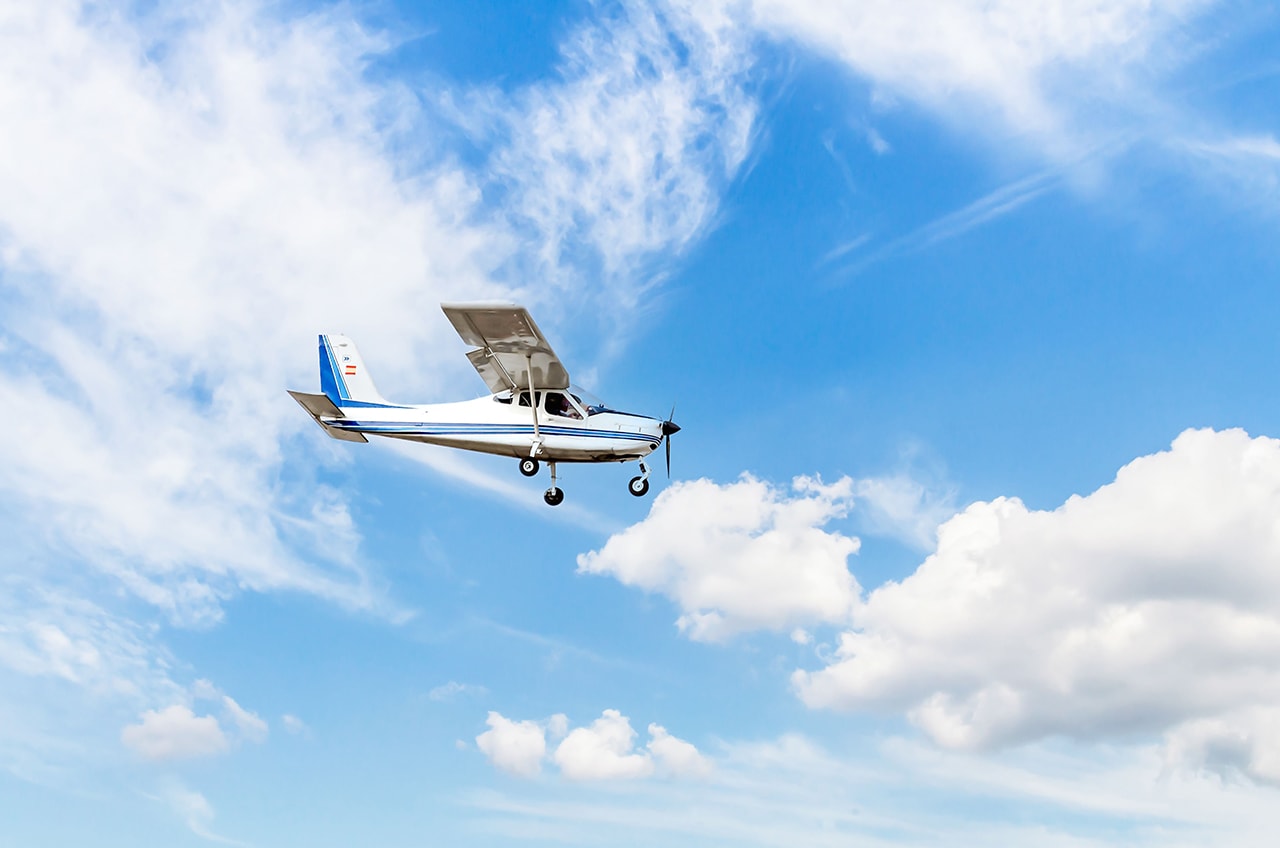Turn Coordinator vs Turn and Slip: Key Differences
Oct 11, 2024
Instrument Options
Turn and Slip Indicator
The Turn and Slip is an old school performance instrument that gives you rate of turn and slip. It doesn’t show roll rate but it’s a good tool in older aircraft.
The Turn and Slip Indicator helps pilots determine whether the aircraft is in a left or right turn. It’s simple and easy to read so many pilots like it.
Even with all the new tech, learning to read the Turn and Slip is a fundamental skill that gives you a basic understanding of flight dynamics.
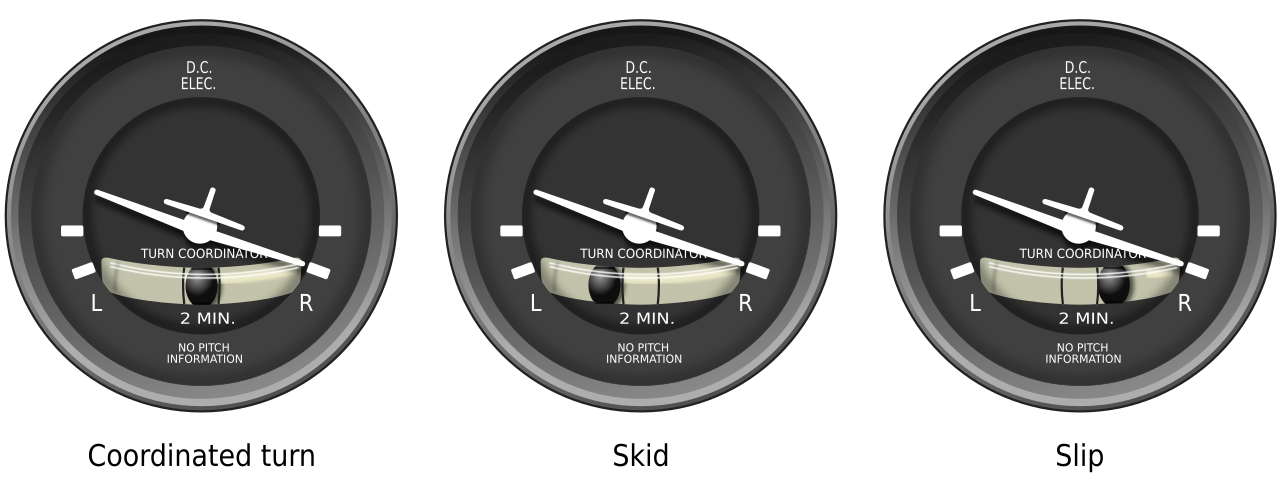
Turn Coordinator Innovations
In contrast the Turn Coordinator brings more to the cockpit, more gyroscopic goodness.
It shows rate of turn and bank angle and whether the turn is coordinated so you have more information about your aircraft’s movements.
The miniature airplane on the Turn Coordinator's display helps pilots by indicating changes in turn rate
and yaw, although it does not provide pitch information.
This makes it an essential tool in modern aviation, for smoother more precise control. The Turn Coordinator is easy to read so it’s good for new and old pilots alike.
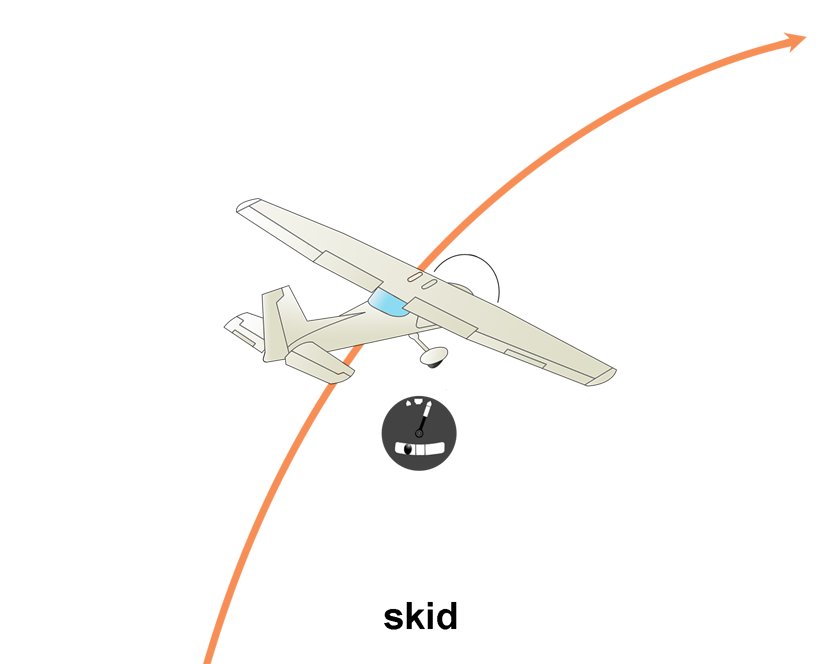
Precision and Accuracy
Moving to the Turn Coordinator is a bigger trend in aviation to have more precision and accuracy in instruments. Pilots get quick and clear readings so they can make decisions fast and with confidence.
The 'standard rate turn' is a critical measurement, defined as a rate of 3 degrees per second, guiding pilots in making precise turns while adhering to air traffic patterns.
The increased accuracy of these new instruments helps you stay on the desired path and reduce the chances of unwanted deviations during critical maneuvers.
So, the Turn Coordinator is all about more efficient and safer flying.
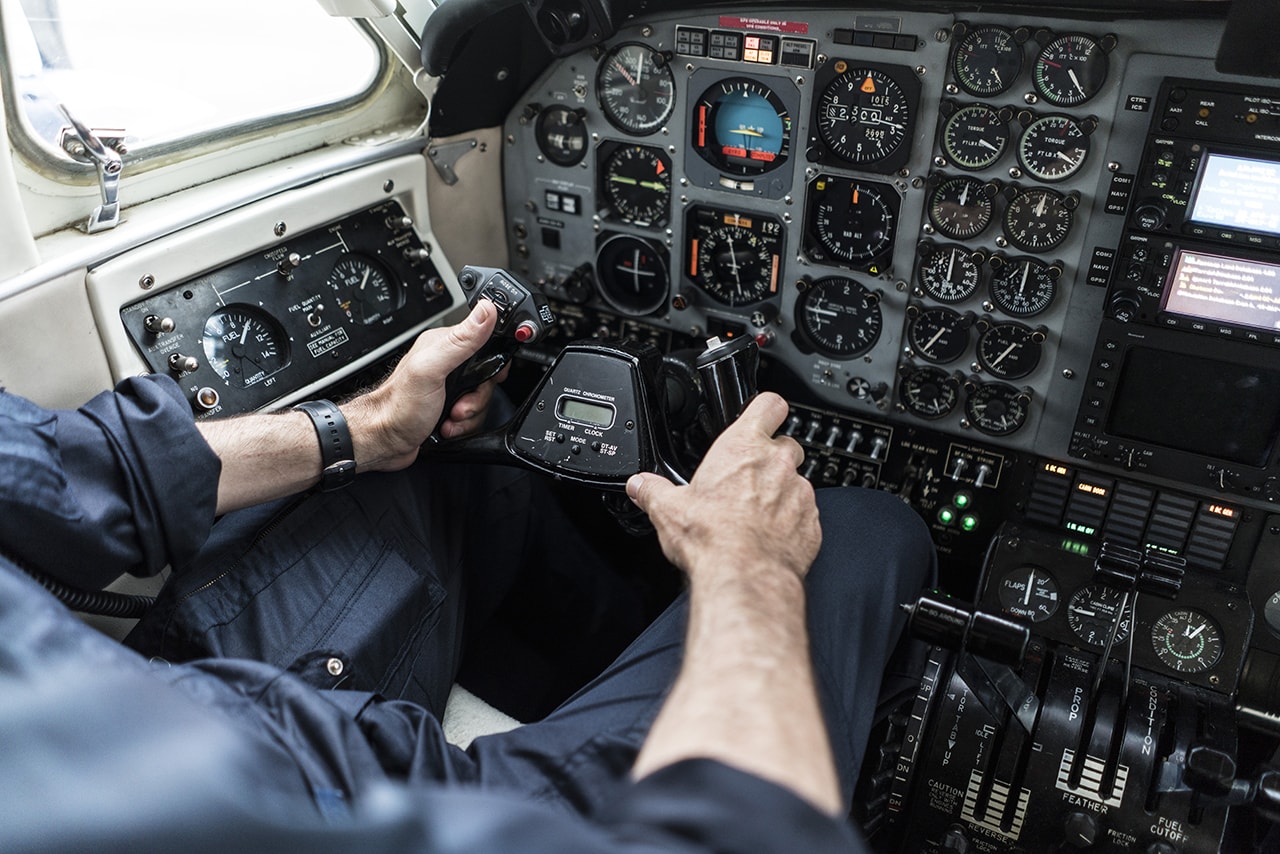
Unified Purpose
Despite the differences, both the Turn and Slip Indicator and the Turn Coordinator have one purpose: pilot control and orientation in turns.
Each instrument serves a purpose and aircraft, so pilots can choose the right tool for the job.
A major difference between the Turn Coordinator and the Turn and Slip Indicator is that the Turn Coordinator has a distinct display and a different gimbal axis setup, which allows it to respond more quickly to changes in aircraft roll as opposed to just yaw, highlighting how these design differences improve functionality.
By knowing the benefits and limitations of each, pilots can get the most out of them and have more secure and precise flying.
This makes the pilot more in command of their flight and reminds us to master the basics and the advanced instruments.
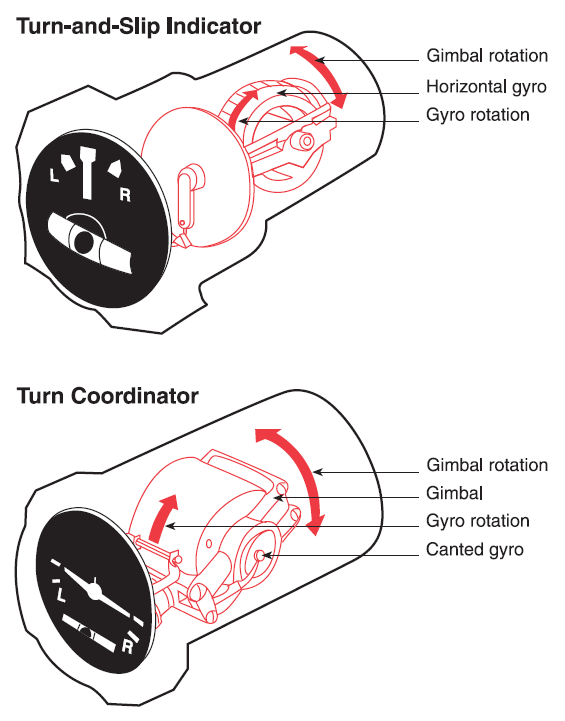
Key Considerations
Knowing the limitations of the instruments is key to safe flying. The Turn and Slip Indicator is useful in some situations but doesn’t tell you the actual bank angle or roll rate.
The heading indicator needs to be reset often due to gyroscopic precession, which is crucial for accurate navigation and flight performance.
Pilots need to be aware of this limitation to stay in control. The Turn Coordinator is precise in turn rate. It allows you to measure turns more accurately and is a great tool to aid navigation.
One big plus of the Turn Coordinator is its electrical power source. This means consistent performance and an added backup if the vacuum system fails, safety of flight.
The Turn Coordinator is key to indicating movement around the longitudinal axis of the aircraft. This is critical to understanding and controlling how the plane is oriented in the air during flight.
Coordinated flight is another area where the Turn Coordinator excels. With it you can ensure the aircraft stays stable and aligned, reducing the chances of uncoordinated flight and potential stalls.
Old and new is part of the learning process in aviation. With this you can make better decisions and safer flights.
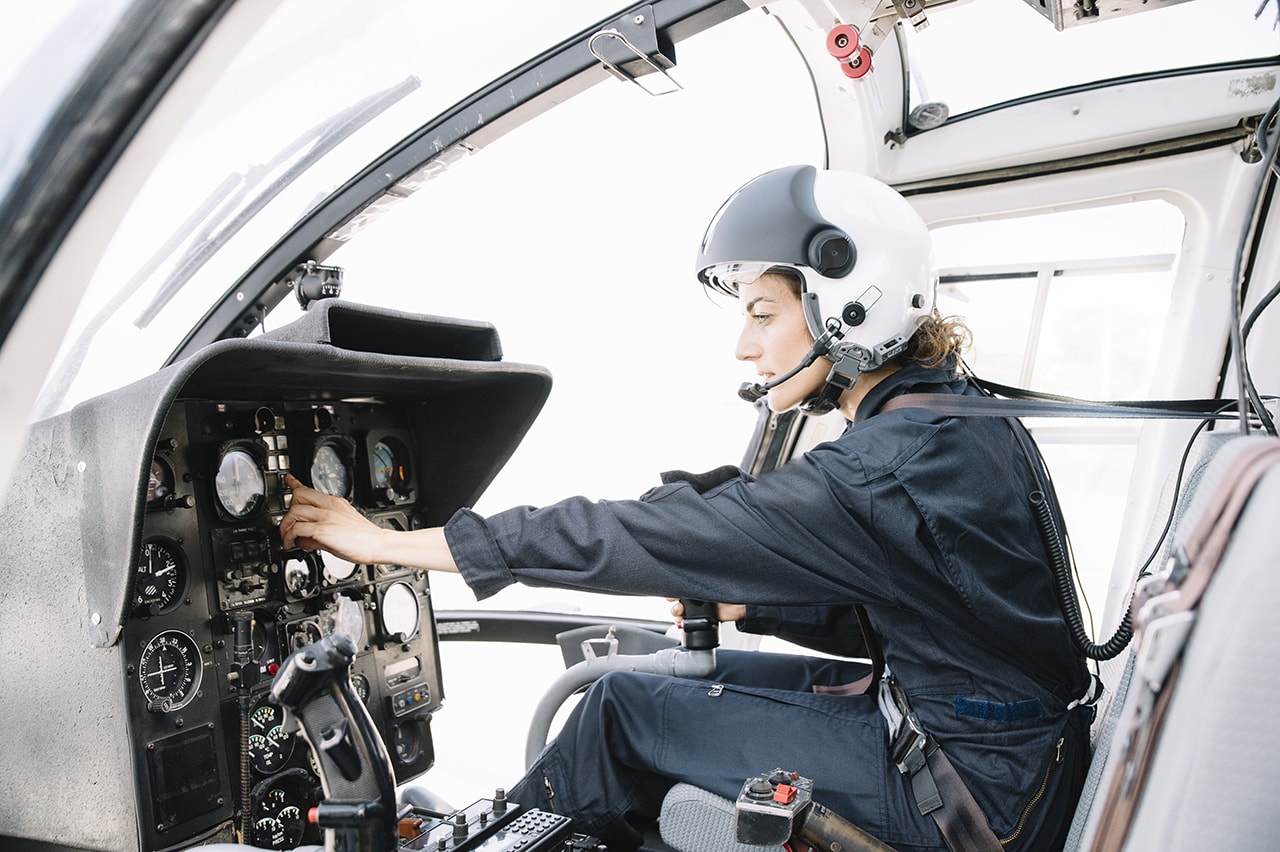
Choosing the Right Instrument
When it comes to instrument flying and partial panel operations the Turn Coordinator is the pilot’s go to. It’s the most precise and reliable for flying safely in those conditions.
The turn indicator is typically integrated with other instruments to provide information on heading trends and coordinate flight.
The Turn and Slip Indicator can be a backup instrument but it’s not as accurate as the Turn Coordinator so it’s not the best choice for primary use.
One of the big advantages of the Turn Coordinator is it can show the rate of turn and turn coordination. That’s critical for the pilot to control the aircraft.
The Turn and Slip Indicator can show the rate of turn and slip but it’s not as precise as the Turn Coordinator. That limits its reliability when precision is critical.
In short, the Turn Coordinator is a better instrument for detailed flying. It shows the aircraft’s turn rate and coordination.
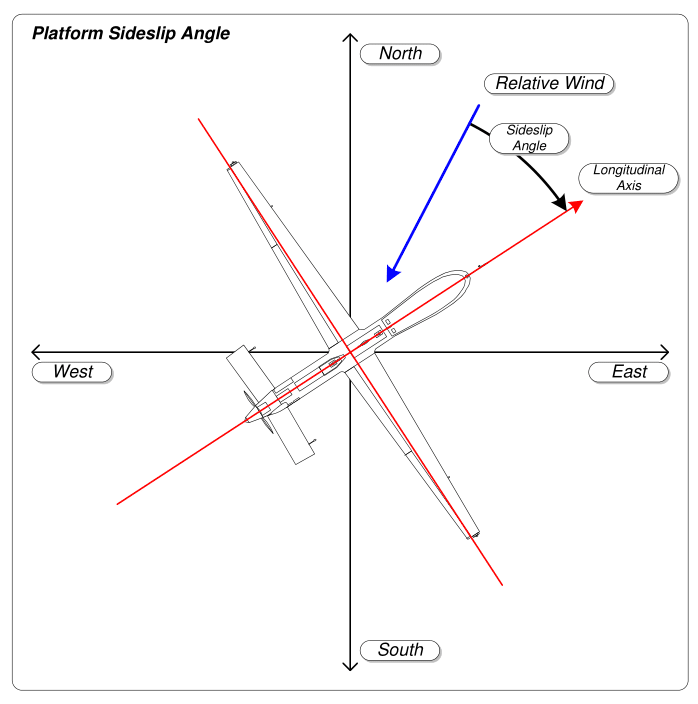
Slip Indicator and Safety
You should understand the slip indicator if you want to fly safely and with confidence. Often called the “ball” due to its appearance on the instrument panel, it’s a big part of flying.
It gives you real time feedback on the slip or skid of the aircraft so you can adjust your controls to have a smoother and safer flight. This little guy is the guardian of control and stability.
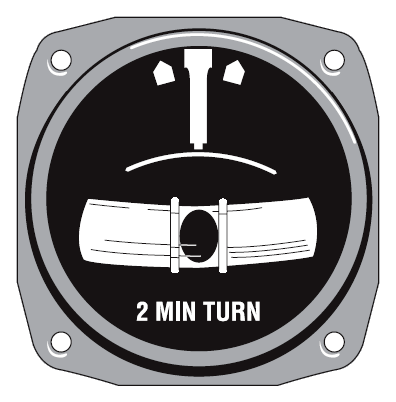
By focusing on this difference, you can fine tune your rudder control so that your turns are more controlled and precise.
The slip indicator shines when it comes to coordinated flight. Coordinated flight is where the aircraft is moving in sync with its intended path, reducing the risk of aerodynamic mishaps like stalls or spins.
By following the slip indicator, you can adjust your yaw and bank angles to get to equilibrium and maximum safety.
This all translates to a better and safer journey for everyone on board.
Ultimately the slip indicator is more than a tool, it’s a safety beacon in the cockpit. By reminding pilots of balanced controls and giving them real time feedback on the aircraft’s behavior the slip indicator helps to prevent hazardous situations.
With this instrument at their disposal pilots can make smart decisions and have their flight path as safe as it is sound and create an environment where every flight can be as smooth and safe as possible.
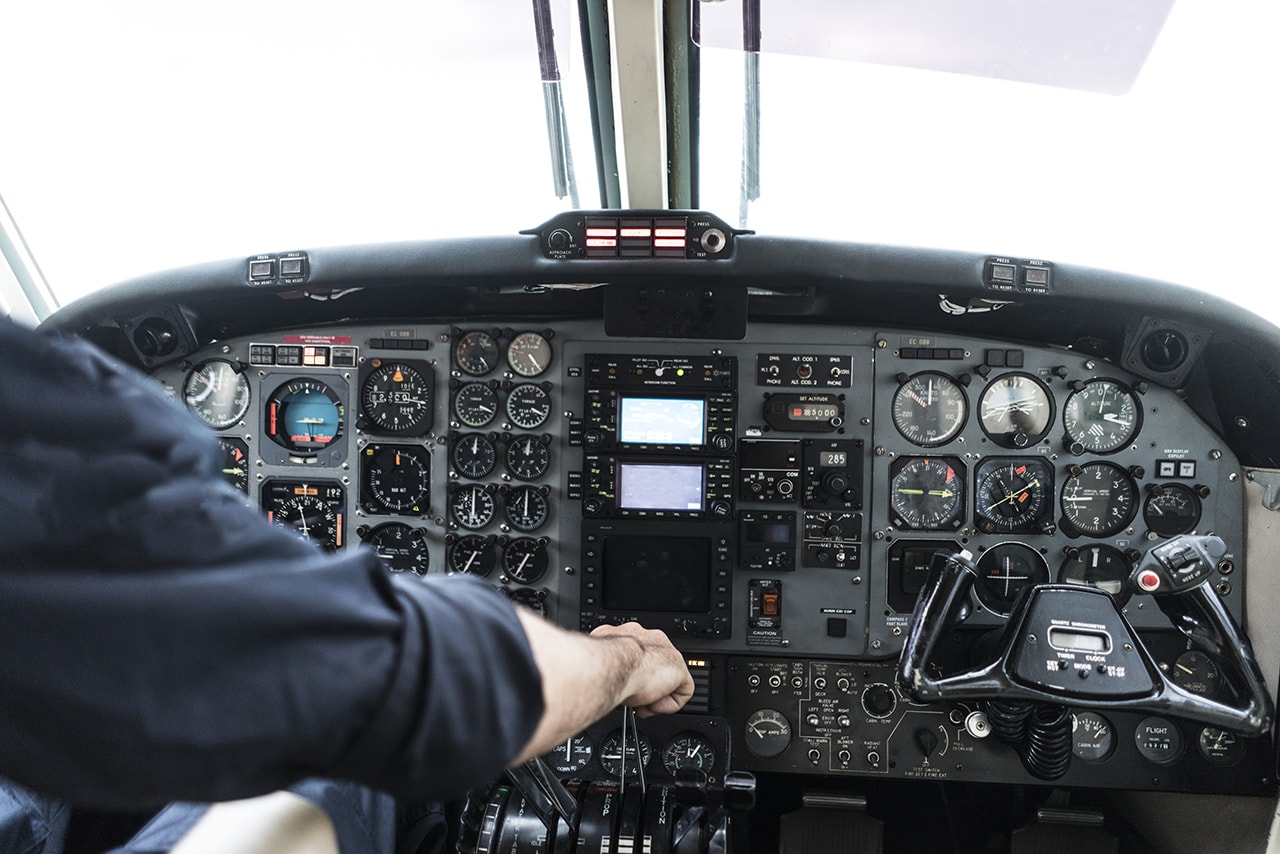
Understanding Gyroscopic Instruments
What Are Gyroscopic Instruments?
Gyroscopic instruments are critical in aviation for safety and accuracy. These instruments, including the Turn and Slip Indicator and the Turn Coordinator are used in VFR and instrument flying.
How They Work
At the heart of gyroscopic instruments is a spinning gyroscope. This unique device operates on principles that provide stability, staying fixed in its orientation while everything else around it, including the aircraft, moves.
The bank indicator utilizes these principles to provide essential feedback about the aircraft's bank angle during maneuvers.
Rigidity in Space
One of the key concepts of gyroscopic instruments is the idea of rigidity in space. This characteristic allows the gyroscope to maintain a steady position, a crucial feature for reading accurate flight data.
Measuring Flight Dynamics
Gyroscopic instruments are invaluable for measuring various flight dynamics. They are used to determine the rate of turn, the angle of bank, and the roll rate, which are critical for maintaining control and stability during flight. The turn coordinator provides quicker feedback during turns due to its roll rate responses.
Importance of Understanding
Understanding the operation of gyroscopic instruments is not just an academic exercise—it's foundational for those flying with instruments. This knowledge ensures pilots can utilize these tools effectively for safe flights.
Safe and Effective Flying
In the end, mastering gyroscopic instruments means safe and effective instrument flying. Pilots with this knowledge can fly with confidence and overall success in their aviation.

Conclusion
Both the Turn Coordinator and the Turn and Slip Indicator are critical to aviation safety. They help keep you on course and on track for a smooth ride.
Knowing the difference between the two is key for pilots. That way you can make good decisions and be safer and more efficient.
The Turn Coordinator is the instrument of choice for instrument flying and partial panel. It gives you the details to fly complex maneuvers with confidence.
But the Turn and Slip Indicator still has value as a secondary instrument. It’s there to support you when you need it and reinforce good flying habits and air stability.
Together these instruments help you control during turns and prevent stalls and spins. They let you fly safe and make flying more inclusive for everyone on board.
